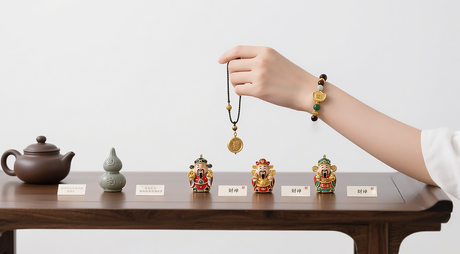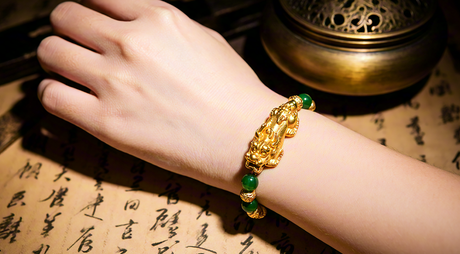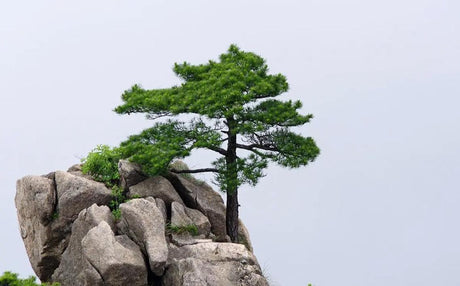Table of Contents
1. Overview of Northeast China Ethnic Groups
Northeast China, covering Liaoning, Jilin, and Heilongjiang provinces, is rich in cultural diversity and history. The most prominent ethnic minorities in the region are the Manchu, Korean Chinese (Chaoxianzu), and Evenki. Other groups, including the Xibe (Sibe), Daur, Hezhe, and Mongols, contribute unique traditions to the cultural mosaic.

2. Manchu: History and Heritage
The Manchu are the largest minority in Northeast China, mainly residing in Liaoning, Jilin, and Heilongjiang provinces. Manchu culture has deep historical roots tracing back to the Jurchen tribes who lived by fishing and hunting in the region between the Changbai Mountains and the Heilongjiang River.
Women’s qipao and tall qitou (flag headpieces) express grace and social hierarchy — the height and material of the headdress once signified status, evolving from wood to gold and silver. Men’s robes feature arrow-shaped sleeves that could be rolled up for archery or folded down for warmth during harsh winters.
Manchu cuisine favors sticky grains and meats, a reflection of their northern heritage. Sachima — originally a portable “cut cake” for soldiers — and the copper hotpot, symbolizing the ancient belief in the “round heaven and square earth,” remain beloved dishes today.

3. Korean Chinese (Chaoxianzu)
The Korean Chinese, or Chaoxianzu, are concentrated primarily in Yanbian Korean Autonomous Prefecture, Jilin Province, with communities in parts of Liaoning and other cities. Their culture blends traditional Korean customs with Chinese influences. Signature elements include traditional Korean-Chinese attire, folk dances, and musical performances. Culinary traditions, such as cold noodles (Naengmyeon), kimchi, and barbecued meats, are integral to family gatherings and local festivals.
Historically, the Chinese Communist Party began including Koreans in official documents in 1928, using various terms such as Gaoliren (高丽人; "Goryeo people"), Hanren (韩人; "Han people"), and Chaoxianren (朝鲜人; "Joseon people"). Today, these terms generally refer to Koreans regardless of nationality, though confusion sometimes arises. Following the first census in 1954, Chaoxianzu became the official name for the Korean ethnicity in China, solidifying their recognition as an ethnic minority.

4. Evenki: Indigenous Life in the North
The Evenki are traditionally nomadic reindeer herders in mountainous areas of northern Heilongjiang and parts of Inner Mongolia. Some groups also practice hunting, fishing, and horse or cattle breeding. They have a strong spiritual connection to nature, revering sacred animals such as the bear. Seasonal rituals, oral storytelling, and handicrafts using birch bark or animal hides reflect a deep respect for their environment and cultural continuity.
As the last widely recognized hunting tribe in China, the Aoluguya Evenki community underwent significant changes under ecological protection policies. In 2003, the group completed its third relocation and settled in the western suburbs of Genhe City, Inner Mongolia. In recent years, the community has shifted from traditional hunting to developing cultural tourism, showcasing their reindeer-herding traditions and hunting heritage, which has now become a popular attraction.

5. Other Minority Groups
Other ethnic groups such as the Xibe (Sibe), Daur, Hezhe, and Mongols also inhabit Northeast China. While smaller in population, they contribute to the region's diversity through unique culinary traditions, clothing styles, and artisanal crafts. For example, the Hezhe are known for fish-based dishes and woven garments, while the Daur maintain colorful festival costumes and dances. Mongols in the area continue pastoral practices and horsemanship traditions, adding to the cultural tapestry of the region.
6. Contemporary Life and Cultural Preservation
- Urbanization has brought many Manchu and Korean Chinese families into cities, while they continue to preserve traditional customs.
- Language preservation programs teach Manchu and Korean in schools, ensuring generational continuity.
- Festivals, dance performances, traditional architecture, and local museums attract tourism and strengthen cultural identity.
- In the northern regions, communities such as the Evenki now preserve and present their reindeer-herding and former hunting traditions mainly through cultural exhibitions and tourism, reflecting a balance between heritage conservation and ecological protection.
7. Conclusion: Preserving Heritage in a Modern World
Northeast China’s ethnic diversity is a living testament to centuries of history, adaptation, and cultural exchange. The Manchu, Korean Chinese (Chaoxianzu), and Evenki communities each maintain distinct traditions in clothing, food, festivals, and daily life, while smaller ethnic groups add further layers of richness through their own culinary and artistic practices.
As urbanization and modernization continue, efforts in language preservation, cultural education, and festival celebrations ensure that these traditions endure for future generations. Museums, cultural centers, and local events allow both residents and visitors to experience and appreciate the vibrant heritage of Northeast China.
By exploring these communities, we gain a deeper understanding of how ethnic identity and cultural continuity thrive alongside contemporary life, reflecting the resilience and creativity of the people who call this region home.









